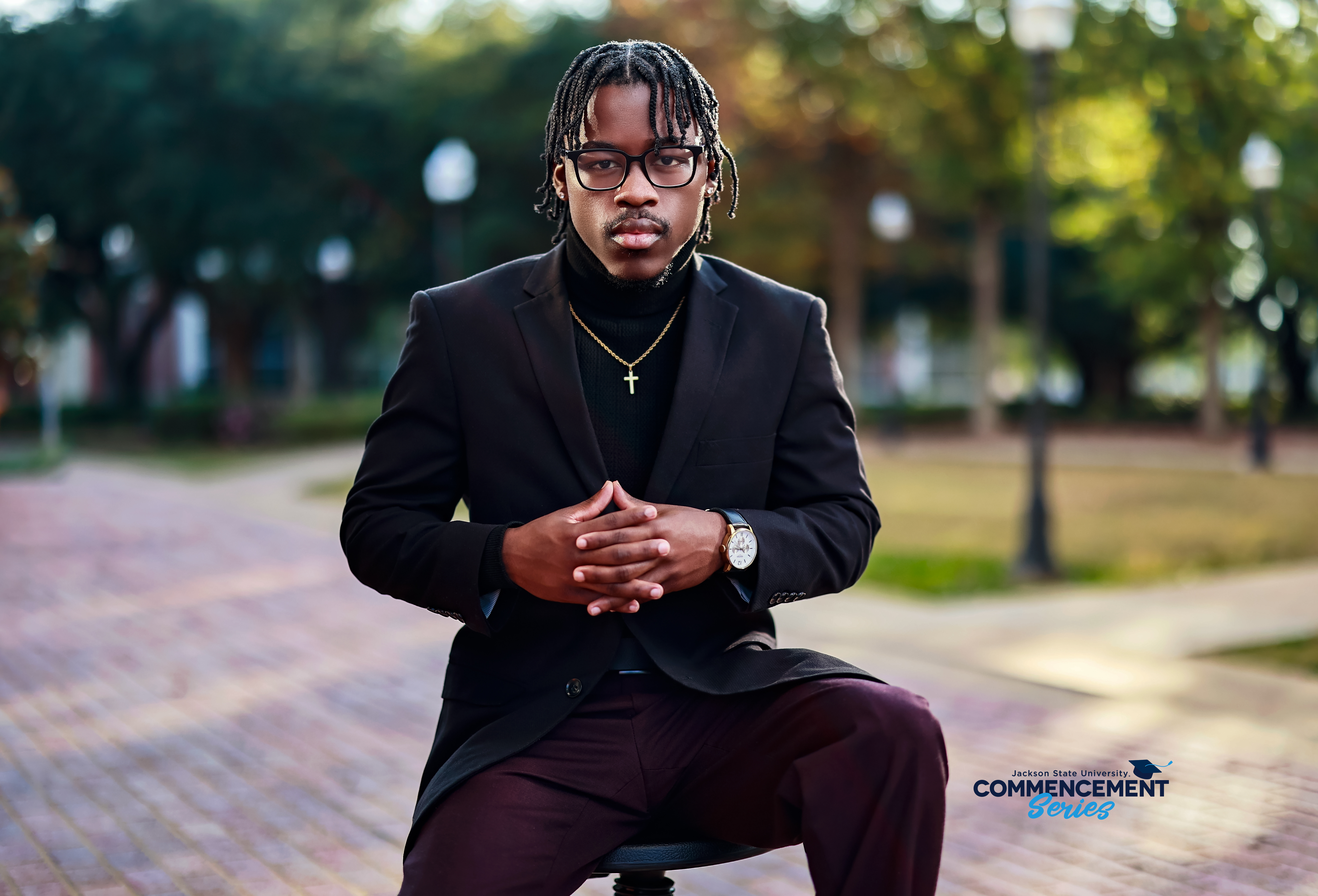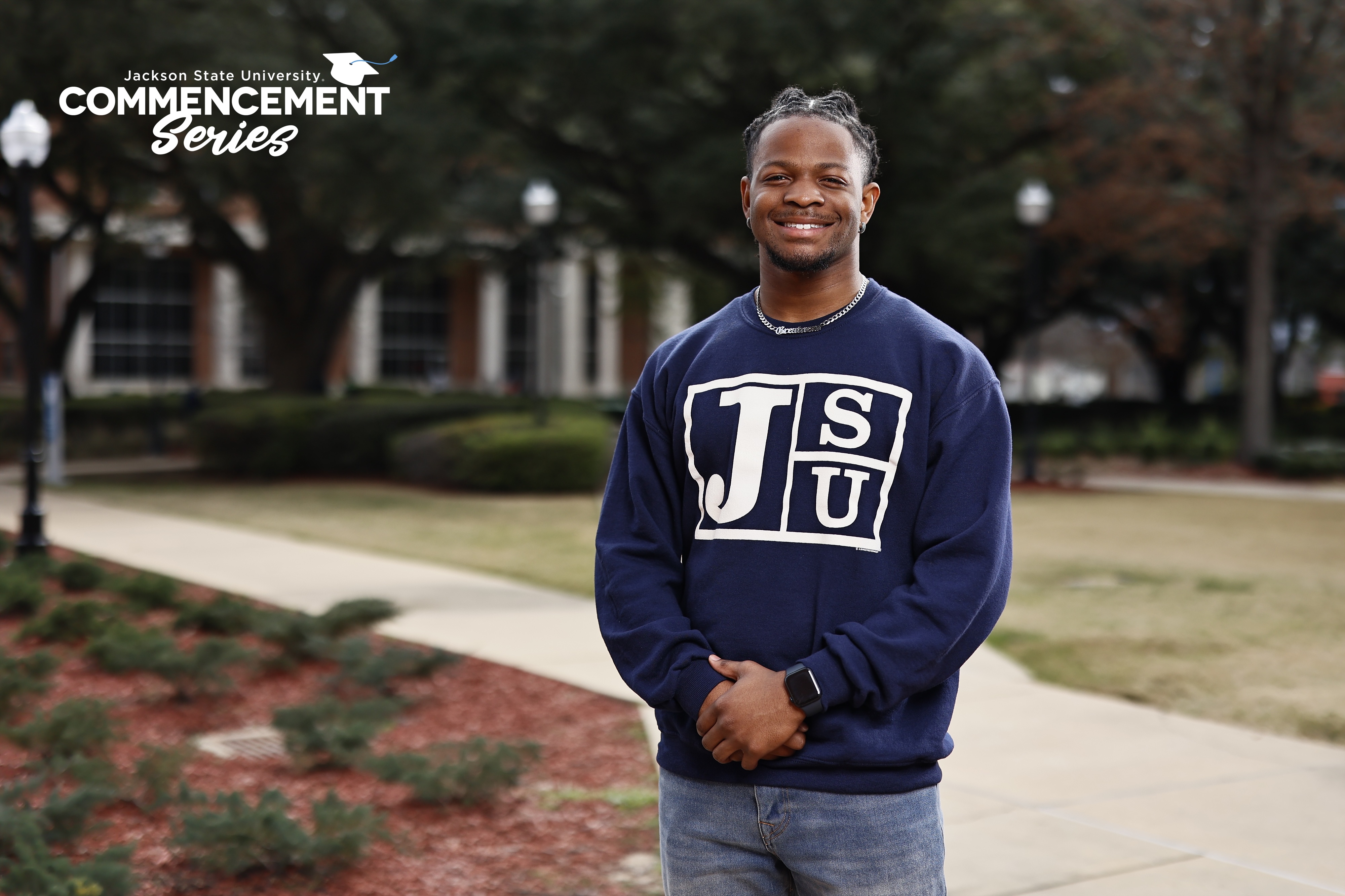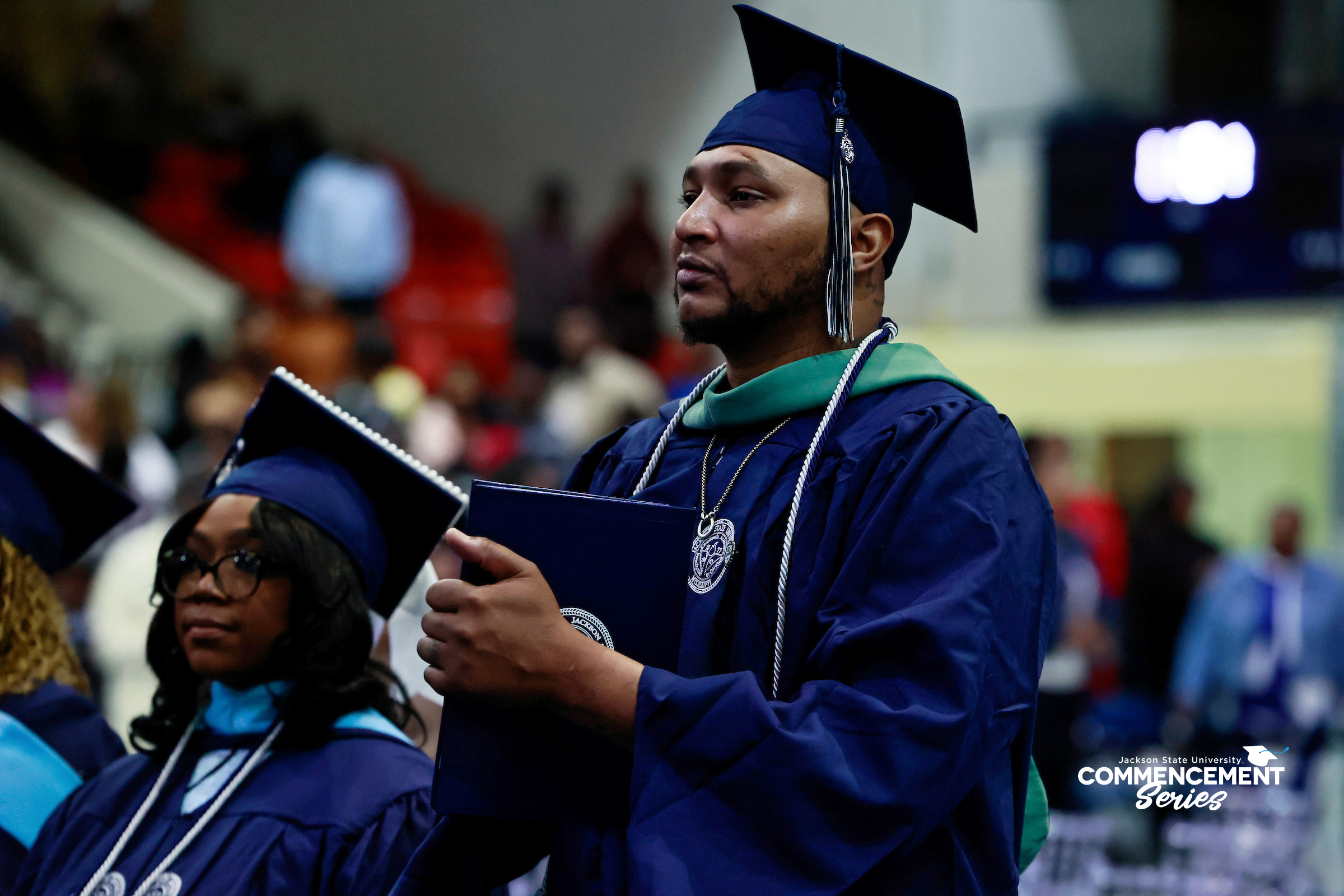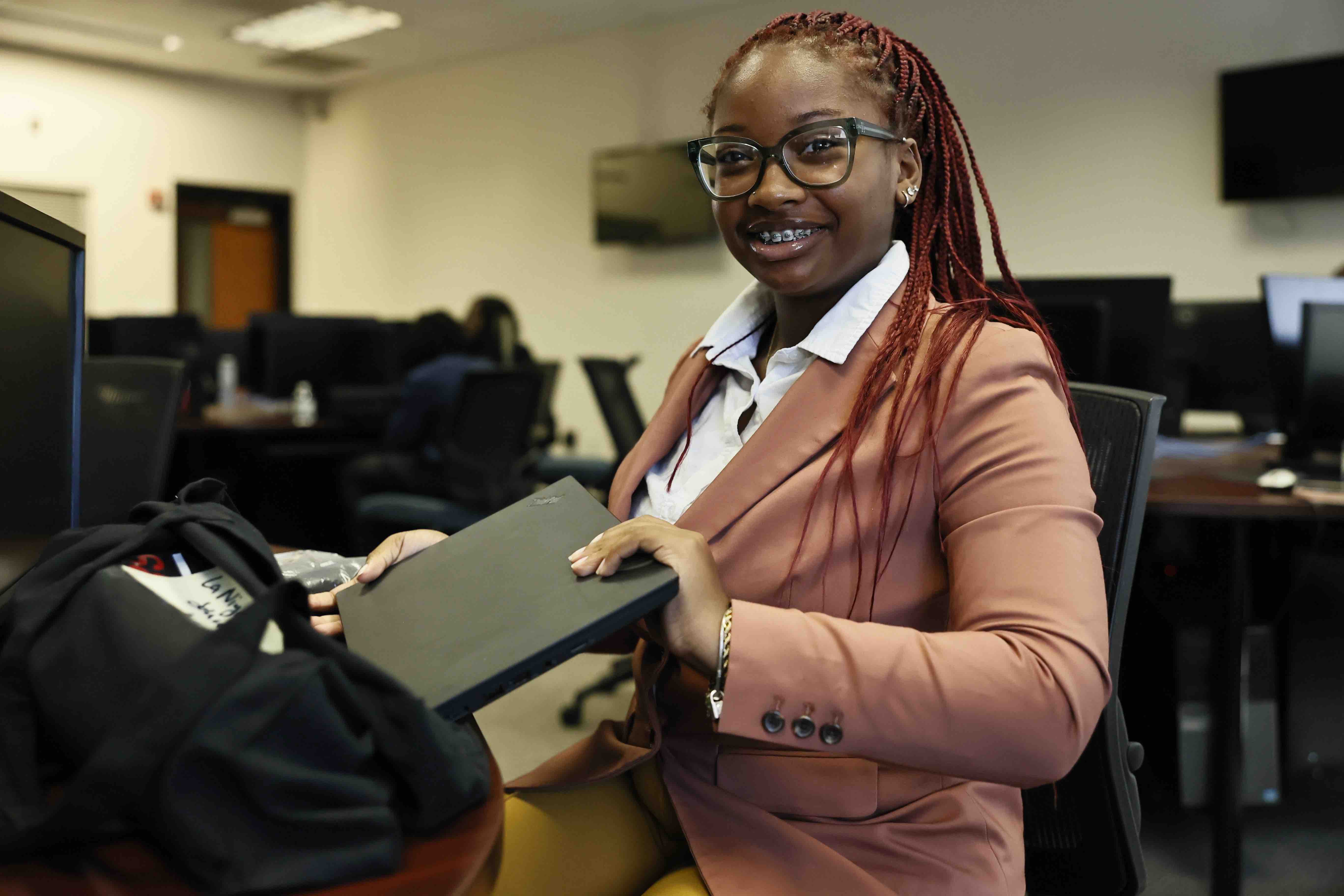Project CREATE at Jackson State University is part of a broader initiative to enhance emergency management, disaster preparedness and awareness in underserved Mississippi communities such as Rolling Fork and Silver City, where deadly tornadoes struck last year.
Twisters and hurricanes pose significant risks throughout Mississippi. According to the National Oceanic and Atmospheric Administration (NOAA), the outlook for the 2024 Atlantic hurricane season suggests an 85% chance of an above-normal season. NOAA is forecasting 17-25 named storms with winds of 39 mph or higher, with intense tropical weather patterns producing potentially life-threatening tornadic conditions.
Launched in 2020, Project CREATE focuses on providing advanced training and education to students in emergency management while also strengthening the resilience of communities.
Jessica L. Murphy, Ph.D., is the principal investigator and a professor of technology in the Department of Civil and Environmental Engineering and Industrial Systems and Technology. “JSU wants to provide the next generation of emergency professionals and teach them about the multidisciplinary approach involving psychology, computer science, technology and journalism and media studies,” she said.
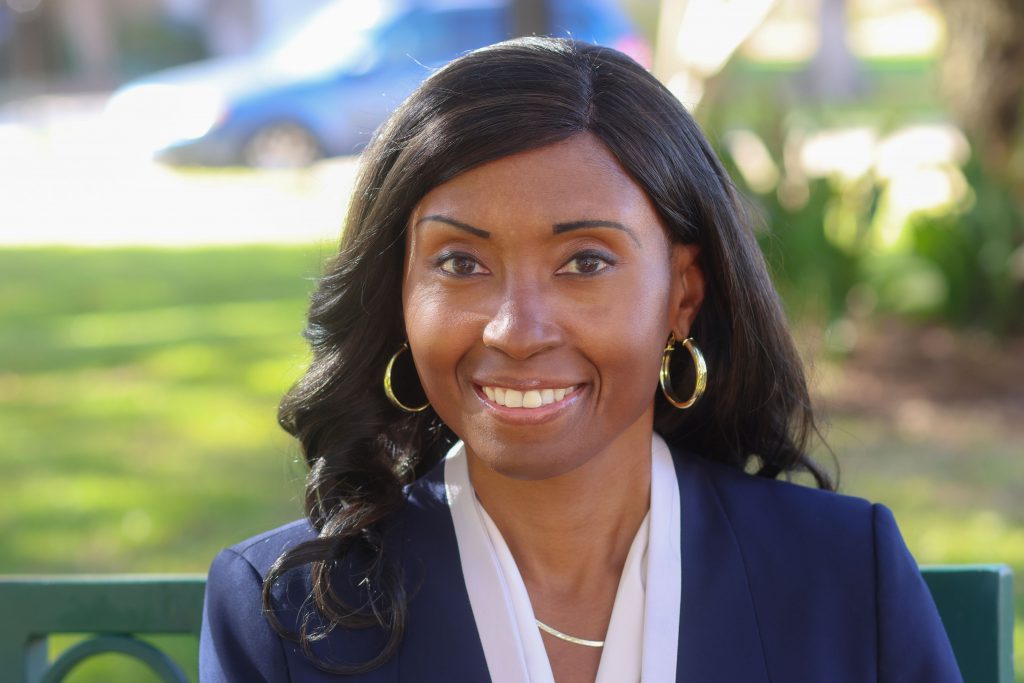
Key individuals involved in the project include Dawn McLin, Ph.D., a co-principal investigator who focuses on the psychology of disaster and mental recovery; April Tanner, Ph.D., a co-PI who specializes in cybersecurity and app development for early notification; Don Spann, a co-PI journalism and media professor who contributes as an adviser. Yalanda Barner, Ph.D., provided policy and management support as a senior research staffer. Also, JSU alum/meteorologist Bill Parker of the National Weather Service assisted.
Funded by the Department of Homeland Security’s Coastal Resilience Center and the Mississippi Department of Homeland Security, the project received $43,000 seed money for its initial community town hall meetings. Additional funding from the Department of Homeland Security Scientific Leadership Award enabled the establishment of the Create Scholarship, which provides financial support to students pursuing education and training in emergency management
The research component of the project adopts a community-based participatory research approach, aiming to incorporate the perspectives and voices of the community in understanding their needs and developing effective disaster-preparedness strategies. The project has conducted virtual town hall meetings and research symposiums to engage the community and gather information on their knowledge, preparedness levels, and psychological impact in the aftermath of disasters
Recently, a graduate student focused on the psychological impact of natural disasters, particularly drawing from the foundation of research on Hurricane Katrina. Her work aimed to identify coping mechanisms and strategies to help individuals overcome trauma and recover emotionally and psychologically.
The CREATE project also involves undergraduate students from various disciplines, including emergency management, technology, psychology, and computer science. These students have conducted research on different aspects of disaster preparedness, such as enhancing community preparedness, practicing preparedness plans with families, and even addressing weather-preparedness on campus.
Murphy said the research findings have revealed the importance of improving community- preparedness and awareness of resources available in the aftermath of disasters. “The increasing frequency and intensity of weather patterns in Mississippi and globally, coupled with the potential impacts of climate change, necessitate a proactive and comprehensive approach to disaster-preparedness and response.”



